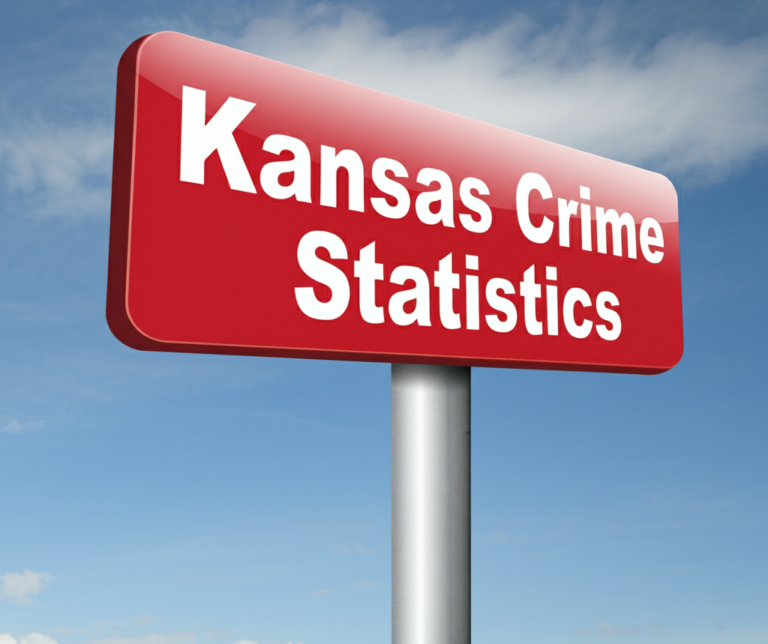Iowa Crime Rate: Statistics, Trends, and Safest Cities
Did you know that Iowa consistently maintains one of the lowest crime rates in the United States—but still reported over 55,000 criminal incidents in 2023? Our specialized analysis helps residents and policymakers alike understand the dynamics of public safety in Iowa, home to over 3.2 million people. With a total crime rate of 17.21 incidents per 1,000 residents, Iowa remains safer than many states, yet challenges persist, particularly in specific localities.
In this detailed article, we’ll break down Iowa’s latest crime statistics, identify key trends, and spotlight the safest cities throughout the state. We’ll explore the balance between relatively low violent crime rates (2.80 per 1,000 residents) and higher occurrences of property crimes (14.41 per 1,000 residents), providing context around what these numbers truly mean.
Join us as we apply our expertise to offer actionable insights into Iowa’s safety landscape, empowering you to make informed decisions about security, community engagement, and overall quality of life.

Iowa Crime Rate Overview
When looking at crime rate in Iowa, the state shows lower numbers than much of the country. In 2023, law enforcement recorded 55,180 total crimes, which breaks down to 17.21 incidents per 1,000 residents. Violent crime, including offenses like assault and robbery, had a rate of 2.80 per 1,000—well below the national median of 4. Meanwhile, property crime stood at 14.41 per 1,000, also lower than the U.S. median of 19. These figures suggest Iowa remains one of the safer states, though certain areas may still face challenges.
- Total crimes reported: 55,180
- Crime rate per 1,000 residents: 17.21
- Violent crime rate: 2.80 (below national median of 4)
- Property crime rate: 14.41 (below national median of 19)

Violent Crime Statistics in Iowa
Looking at violent crime across Iowa, the state’s numbers remain below national averages. In 2023, authorities recorded 8,978 violent offenses, with assault being the most common at 6,861 cases. More serious crimes like murder (79 incidents) and robbery (715 cases) occurred less frequently. Sexual violence, including rape, accounted for 1,323 reports. These crime statistics translate to a violent crime rate of 2.80 per 1,000 residents – significantly lower than the U.S. median of 4.
- Chances of becoming a victim of violent crime: 1 in 357
| Crime Type | Reported Total | Rate per 1,000 |
|---|---|---|
| Murder | 79 | 0.02 |
| Rape | 1,323 | 0.41 |
| Robbery | 715 | 0.22 |
| Assault | 6,861 | 2.14 |
| Total Violent Crimes | 8,978 | 2.80 |
Property Crime Statistics in Iowa
When examining property crime across Iowa, the state shows better numbers than much of the country. The most common offenses include theft (33,893 cases) and burglary (7,010 incidents), with motor vehicle theft being less frequent at 5,299 reports. Combined, these account for a property crime rate of 14.41 per 1,000 residents – noticeably lower than the national median of 19. While these numbers suggest Iowa is relatively safe, residents should still take precautions against larceny and other property offenses.
- Chances of becoming a victim of property crime: 1 in 69
| Crime Type | Reported Total | Rate per 1,000 |
|---|---|---|
| Burglary | 7,010 | 2.19 |
| Theft | 33,893 | 10.57 |
| Motor Vehicle Theft | 5,299 | 1.65 |
| Total Property Crimes | 46,202 | 14.41 |
How Iowa Compares to National Crime Rates
When looking at crime statistics, Iowa consistently ranks as one of the safer states compared to national averages. The state’s overall crime rate of 17.21 incidents per 1,000 residents sits well below the United States median. For public safety specifically, Iowa’s violent crime rate (2.80) is significantly lower than the national median (4.0), while property crimes (14.41) also fall below the U.S. median of 19.
These numbers suggest Iowa maintains stronger national security metrics than most states. The FBI’s Uniform Crime Reporting program confirms these trends through comprehensive nationwide data collection.
| Crime Type | Iowa Rate | National Median |
|---|---|---|
| Violent Crime | 2.80 | 4.0 |
| Property Crime | 14.41 | 19.0 |
Safest Cities in Iowa

For those prioritizing public safety, several communities in Iowa stand out as exceptionally secure. These safest cities boast crime rates significantly lower than both state and national averages, offering residents greater peace of mind. While Iowa as a whole maintains relatively good safety metrics, these top communities demonstrate exceptional records for low crime incidence.
- Adair
- Barnum
- Batavia
- Beacon
- Blakesburg
- Clarksville
- Cromwell
- Cumming
- Davis City
- Ackworth
Crime in Popular Iowa Cities
While Iowa maintains relatively low crime rates overall, its larger urban centers show more variation in crime statistics. The state’s most popular cities – including Des Moines, Cedar Rapids, and Davenport – tend to have higher crime rates compared to rural areas, though still below many national urban averages.

These metropolitan areas account for a significant portion of Iowa’s total reported crimes, with property offenses being more common than violent ones. Understanding these urban crime patterns helps residents and visitors make informed decisions about public safety in different parts of the state.
- Ames
- Cedar Rapids
- Des Moines
- Davenport
- Iowa City
- Sioux City
- Waterloo
Crime Data Methodology
The crime data presented in this report comes from comprehensive collection methods designed to ensure accuracy. Law enforcement agencies across Iowa and the nation contribute to these statistics through standardized reporting practices. The methodology involves analyzing millions of crime reports while accounting for potential errors or gaps in data. For those interested in diving deeper, the Bureau of Justice Statistics provides additional resources at bjs.ojp.gov.
- Data sourced from 18,000 local law enforcement agencies
- Includes 9.4 million reported crimes, with 2 million geocoded locations
Key Takeaways on Iowa Crime
Looking at crime trends across Iowa, several important patterns emerge about the state’s public safety landscape. While urban areas see higher crime rates, Iowa maintains significantly lower numbers than national averages overall. The state’s rural communities particularly stand out for their safety records, with many small towns reporting minimal criminal activity.
- Iowa’s crime rates are below national medians for both violent and property crimes
- Property crimes occur more frequently than violent crimes
- The state has a lower crime density per square mile compared to the national average
Conclusion
In summary, Iowa’s crime statistics reveal a state that is safer than many, with lower rates of violent crime, including assault, robbery, and murder, as well as property crimes such as theft and burglary, compared to national averages. The efforts of law enforcement and the criminal justice system in addressing these issues contribute to the overall public safety and security of Iowa’s residents. Despite these positive trends, challenges such as gender-related violence and sexual misconduct remain areas requiring attention.
The state’s commitment to reducing crime and enhancing emergency services continues to play a crucial role in maintaining Iowa’s status as one of the safer states in the United States. Understanding these crime trends and statistics is essential for policymakers, law enforcement, and the community to work together towards further reducing crime and ensuring a safer future for all Iowans.




